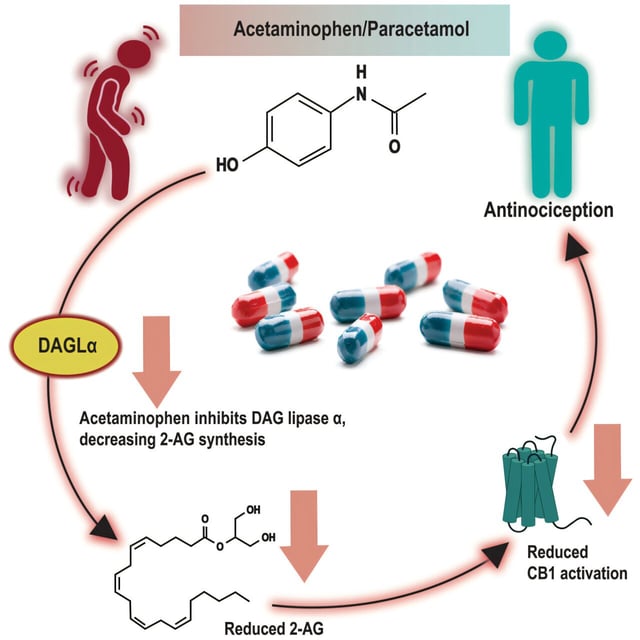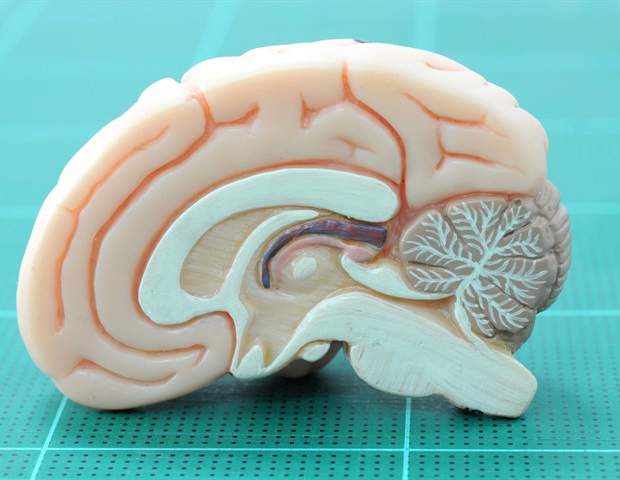Overview
- Indiana University researchers discovered that acetaminophen inhibits the enzyme diacylglycerol lipase α, reducing levels of the endocannabinoid 2-AG to relieve pain.
- This finding overturns a 50-year-old belief that higher endocannabinoid levels always alleviate pain, revealing a previously unknown mechanism of action.
- Acetaminophen, the most widely used over-the-counter pain reliever in the U.S., is linked to significant liver toxicity, causing around 500 deaths annually and driving the need for safer alternatives.
- The study's insights could lead to the development of enzyme-specific drugs that maintain pain relief efficacy while avoiding acetaminophen’s toxic side effects.
- Researchers plan to investigate whether other common pain relievers, such as ibuprofen and aspirin, operate through similar mechanisms.


